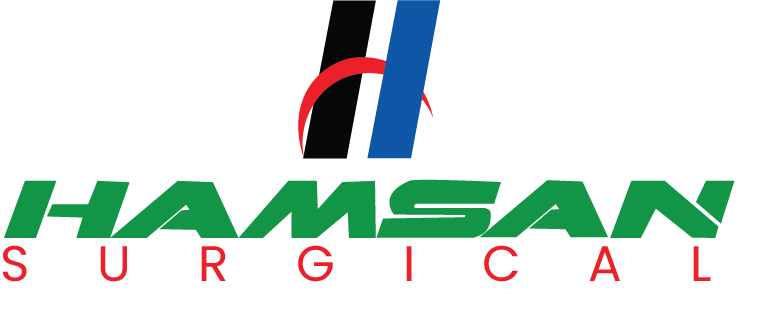Challenges in Atraumatic Dental Extractions
Research on innovative techniques such as Extraction Without Forceps (EWF) highlights the growing demand for atraumatic dental extraction methods that reduce trauma to surrounding tissues. Traditional tools, including forceps and elevators, can sometimes cause unnecessary damage to adjacent teeth, bone, or soft tissues, complicating post-operative recovery. This issue necessitates the development of advanced tools and methods to minimize patient discomfort and complications.
Risks Associated with Retained Surgical Tools
One critical issue raised by the research published in the Journal of Craniofacial Surgery is the inadvertent retention of elevator blades or fragments during dental surgeries. These incidents can result in severe long-term complications, including infections, delayed healing, and patient dissatisfaction. The study underscores the importance of high-quality surgical instruments and rigorous procedural protocols to avoid such errors.
Advances in Lip Repositioning and Associated Complications
The study on Modified Lip Repositioning with Elevator Muscle Ligation addresses the complexity of correcting excessive gingival display (commonly referred to as a "gummy smile"). While the technique is innovative, it emphasizes the need for precision in instrument selection and application. Improper use of surgical tools like elevators can lead to post-surgical complications, such as scarring, nerve damage, or inadequate aesthetic results.
Biomechanical Issues in Dental Elevators
The study in ScienceDirect emphasizes the biomechanical shortcomings of traditional dental elevators. Issues such as inadequate torque, improper grip, and weak materials lead to poor clinical outcomes and higher risks of tooth or root fractures. Additionally, poorly designed tools can increase operator fatigue and prolong the surgical procedure, negatively impacting both the patient and the dental professional.
Infection Control and Instrument Design
A study from Folia Medica identifies a lack of sterilization standards and ergonomic designs in some dental elevators as a significant contributor to surgical-site infections (SSIs). It calls for advancements in material science and engineering to create more hygienic and user-friendly tools that ensure better sterilization and reduced cross-contamination.
Psychological Impact on Patient
Patients undergoing dental extractions often experience heightened anxiety, particularly when outdated or invasive tools are used. Research from ResearchGate highlights the role of innovative and minimally invasive instruments in alleviating patient fears. Instruments designed for efficiency and comfort can significantly improve the psychological experience, reducing stress and fostering trust in dental care.
Long-Term Complications in Elevator-Assisted Procedures
The study published in the Asian Pacific Medical College Journal discusses long-term complications, such as bone resorption and soft tissue damage, associated with improper use of elevators. This highlights the need for training, precision, and tools designed to minimize adverse effects while improving surgical outcomes.
Conclusion
The reviewed studies collectively underscore the pressing need for innovation in dental surgical tools and techniques. Key takeaways include:
The demand for atraumatic extraction techniques like EWF demonstrates the shift toward patient-centered care.
High-quality, well-designed instruments are critical to preventing complications like retained fragments or soft tissue damage.
Advances in material science and ergonomic design can improve efficiency, safety, and infection control.
Proper training and the adoption of innovative tools can mitigate psychological and physical risks, enhancing patient satisfaction.
HAMSAN SURGICAL: Elevating Dental Instruments to New Standards
In light of these challenges, Hamsan Surgical emerges as a leading innovator in the field of dental instruments. Their Dental Elevators are meticulously designed to address the very issues highlighted in the research:
Atraumatic Design: Hamsan’s elevators are crafted to minimize trauma to surrounding tissues, ensuring quicker recovery and improved patient outcomes.
Precision and Durability: Made from high-quality stainless steel, these instruments offer superior durability and precision, reducing the risk of tool breakage or retention.
Ergonomic Handling: With user-friendly grips and optimized torque, these elevators reduce operator fatigue and enhance procedural efficiency.
Sterilization and Hygiene: Hamsan Surgical prioritizes hygiene by using materials and designs that facilitate easy sterilization, significantly lowering the risk of SSIs.
Patient Comfort: Their innovative tools help reduce anxiety and pain, fostering a positive dental experience for patients.
Hamsan Surgical’s commitment to quality and innovation makes their dental elevators a vital choice for modern dental practices aiming to deliver the best care possible. For more details on their products, visit Hamsan Surgical Dental Elevators.

